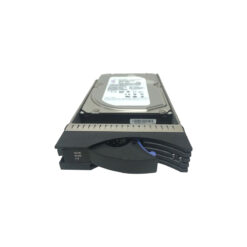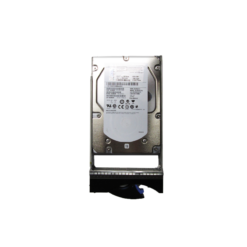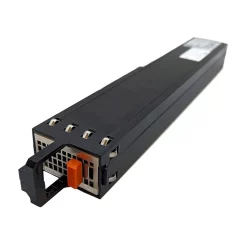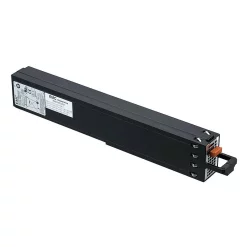Storage Evolution: How EMC Unity Hybrid Flash is Transforming Data Management
Overview of EMC Unity Hybrid Flash
EMC Unity Hybrid Flash represents a significant evolution in the field of data storage management, combining the efficiency of flash storage with the cost-effectiveness of traditional spinning disks. Aimed at the midrange storage market, Unity Hybrid is designed to deliver high performance and reliability, while simplifying management and minimizing costs. Its architecture is optimized for a wide range of applications and workloads, making it highly adaptable to various business needs.
Key Features of EMC Unity Hybrid Flash
- Unified Storage: Supports both block and file data storage in a single platform, simplifying management and reducing complexity.
- Flash Optimized: Utilizes SSDs for hot data to provide low-latency access, while mechanical drives offer large capacity storage.
- Efficiency Services: Features such as inline compression and data deduplication reduce the overall data footprint.
- Scalability: Scale-up and scale-out capabilities to grow storage seamlessly as needs expand.
- Automated Tiering: Automatically moves data between storage tiers based on access frequency to optimize performance and cost.
- Data Protection: Includes tools for snapshots, replication, and backup to ensure data integrity and availability.
- Cloud Integration: Support for hybrid cloud configurations to extend storage resources into cloud environments.
Architecture and Functionality
The EMC Unity Hybrid Flash architecture is built around a modular design with dual-active controllers providing redundancy and high availability. The system integrates seamlessly with VMware and vSphere, enabling efficient virtualization support. Key components of the architecture include:
Storage Processors (SP)
Storage Processors are the core of Unity’s architecture, each equipped with multi-core processors and memory to handle various workloads. They handle data services and communication with storage media, enabling high throughput and low latency operations.
Dynamic Pooling
Unity utilizes dynamic pools for storage resource management, allowing for non-disruptive scaling and maintenance. They dynamically adjust the allocation of both flash and disk storage, ensuring optimal resource usage based on workload demands.
FAST (Fully Automated Storage Tiering)
Fully Automated Storage Tiering (FAST) is a cornerstone feature of Unity Hybrid Flash, which automatically moves data across different types of storage—SSD, SAS, and NL-SAS—based on access patterns.
Data Flow and Management
Data enters the Unity system through SAN or NAS protocols, and the storage processors dynamically organize and optimize data placement for best performance and cost-efficiency. The automated tiering ensures frequently accessed data remains on faster media, while less accessed data is demoted to slower, cost-effective media.
Technical Specifications
| Specification | Description |
|---|---|
| Processor | Multi-core Intel Xeon Processors |
| Max Drives | Up to 1500 drives |
| Max Capacity | ~16 PB per system |
| Connectivity | 10/25 GbE, FC, and iSCSI |
| RAID Levels Supported | RAID 5/6/1/10 |
Use Cases
EMC Unity Hybrid Flash is used in various scenarios including:
- Virtualized Environments: Its integration with hypervisors makes it ideal for hosting virtual machines with high I/O demands.
- File and Block Storage: Supports both NAS and SAN configurations, addressing diverse enterprise storage needs.
- Database Applications: Offers low latency and high IOPS for database operations, ensuring quick data retrieval and updates.
- Cloud-Ready Deployments: Seamless cloud integration allows for hybrid deployments for dynamic capacity expansion and disaster recovery.
Comparison with Competing Technologies
Compared to other midrange storage solutions, EMC Unity Hybrid Flash delivers unmatched ease of use and integration capability. Competitors such as NetApp’s FAS series also offer hybrid flash solutions, yet Unity’s strength lies in its simplicity and broader protocol support. However, Unity may not achieve the performance levels seen in higher-end arrays exclusively utilizing all-flash configurations, like Dell EMC XtremIO, which are targeted at environments demanding extremely low latency and high-density IOPS.
In conclusion, EMC Unity Hybrid Flash offers a balanced solution for enterprises seeking the economic benefits of hybrid storage, without significantly compromising on performance. Its unified architecture, combined with comprehensive data services, positions it as a versatile, efficient option for medium to large enterprise environments.












